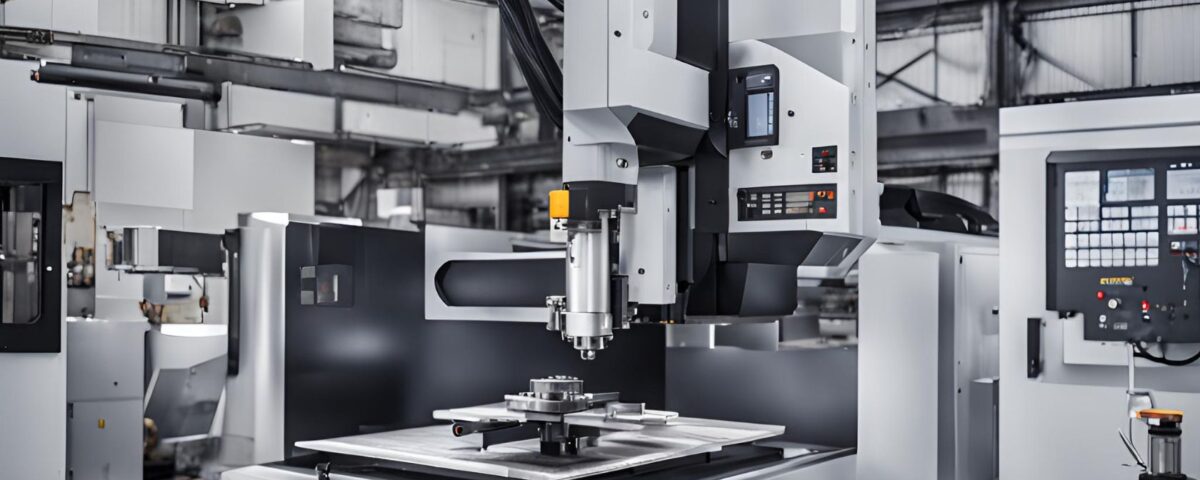Guide to CNC Machining CNC Machining and Programming: How it Works and Why it’s Revolutionizing the Industry
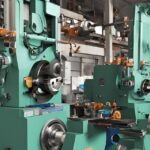
Diverse Bearings: Exploring the Features, Differences, and Applications of 14 Types
24 May 2024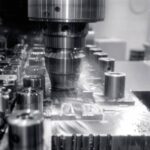
Thin-Walled Titanium Parts: Overcoming Processing Hurdles
30 May 2024What is CNC Machining and Programming, How does it Work
CNC machining, or Computer Numerical Control machining, is a transformative technology that has profoundly impacted the manufacturing industry. Its ability to produce precise and complex parts with high repeatability has made it indispensable across various sectors, including aerospace, automotive, medical, and electronics. This article explores the intricacies of CNC machining, detailing how it works, its applications, and why it is revolutionizing the industry.
The Basics of CNC Machining
CNC machining and programming is a subtractive manufacturing process where material is removed from a workpiece to create a desired shape. The process is controlled by pre-programmed software that dictates the movement of machinery and tools. CNC machines can operate with a high degree of precision, producing intricate and consistent parts.
The core components of a CNC machine include the controller, the drive system, the feedback system, and the interface. The controller is the brain of the machine, interpreting the G-code (the CNC programming language) and converting it into precise movements. The drive system consists of motors and actuators that move the machine's components, while the feedback system ensures accuracy by constantly monitoring and adjusting these movements. The interface allows operators to interact with the machine, inputting data and monitoring operations.
The CNC Machining Process
The CNC machining process can be broken down into several stages, each critical to achieving the final product:
1. Design and Programming
The process begins with a detailed design created using Computer-Aided Design (CAD) software. This digital model serves as a blueprint, specifying all dimensions, geometries, and features of the part. The CAD file is then imported into Computer-Aided Manufacturing (CAM) software, which converts the design into a CNC program, typically written in G-code.
G-code is a numerical control programming language that tells the CNC machine how to move. It includes instructions for tool paths, cutting speeds, feed rates, and tool changes. This code must be meticulously planned to optimize the machining process, ensuring efficiency and precision.
2. Machine Setup
Once the CNC program is ready, the next step is setting up the machine. This involves selecting and installing the appropriate tools and fixtures. The workpiece, which is the raw material that will be machined, is securely clamped onto the machine bed. Proper alignment and calibration are crucial to ensure that the machining process proceeds accurately.
The selection of tools depends on the material and the specific operations required, such as drilling, milling, turning, or grinding. Different tools are designed for different tasks, and their proper selection and maintenance are essential for achieving high-quality results.
3. Machining
With the machine set up and the program loaded, the actual machining process begins. The CNC machine follows the programmed instructions, moving the cutting tools along predefined paths to remove material from the workpiece. This stage may involve multiple passes, including roughing and finishing operations.
Roughing operations remove the bulk of the material quickly, bringing the workpiece close to its final shape. Finishing operations are more precise, focusing on achieving the exact dimensions and surface finish specified in the design. Throughout the process, the machine's movements are monitored and adjusted to maintain accuracy and consistency.
4. Quality Control
After machining, the part undergoes rigorous quality control to ensure it meets all specifications. This involves using various measuring tools and techniques, such as coordinate measuring machines (CMM), calipers, and optical inspections. Quality control checks for dimensional accuracy, surface finish, and any potential defects.
If the part does not meet the required standards, it may be re-machined or adjusted. Quality control is essential for maintaining high standards and ensuring that the final product is fit for its intended application.
5. Post-Processing
Depending on the material and the application, the machined part may require additional post-processing. This can include operations such as deburring, polishing, anodizing, or heat treatment. These processes enhance the part's appearance, durability, and performance.
For instance, deburring removes any sharp edges or burrs left from the machining process, while polishing improves the surface finish. Anodizing provides corrosion resistance and can add color to aluminum parts, and heat treatment can increase the hardness and strength of metal components.
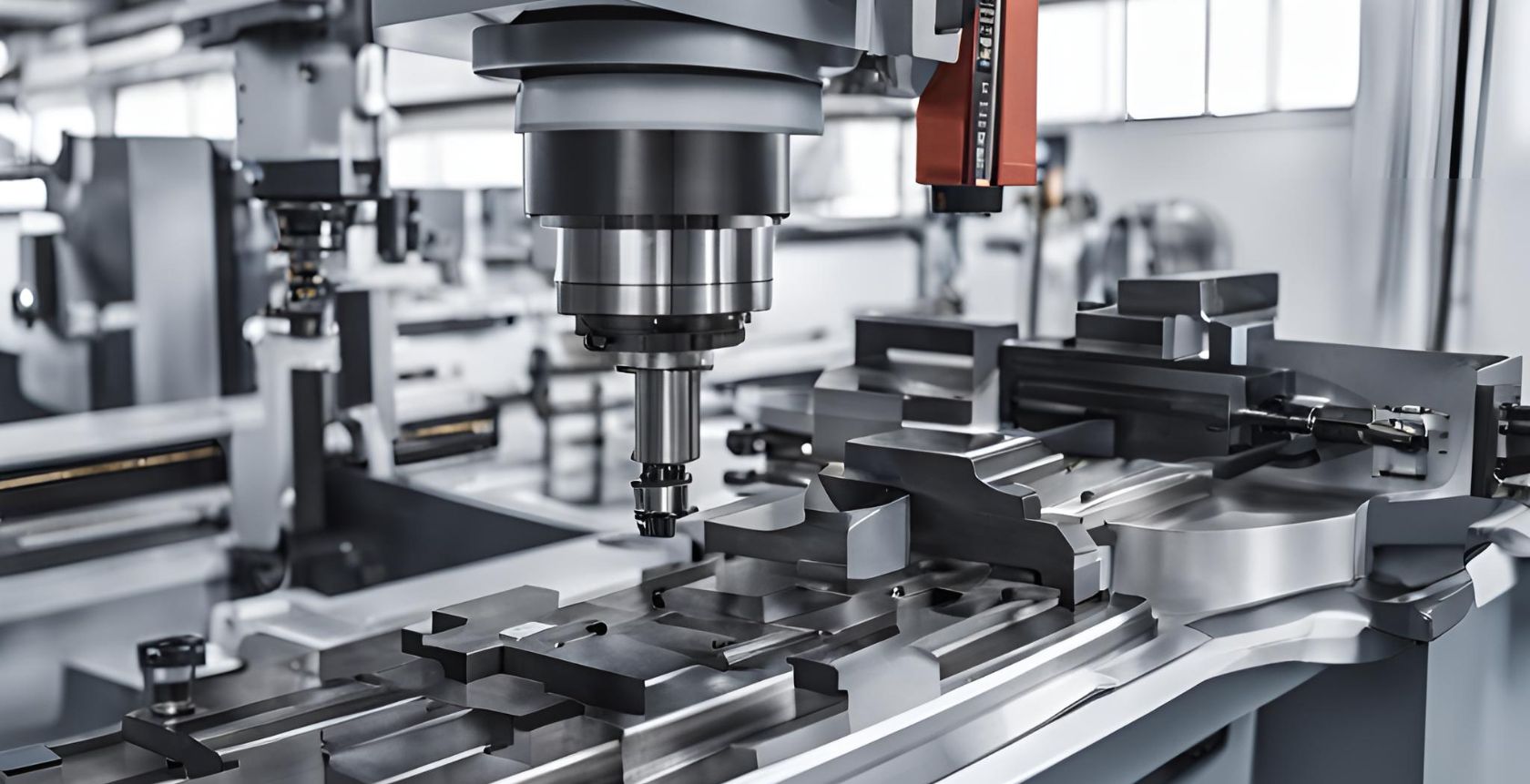
Technology and Equipment
| Industry | Applications | Benefits |
|---|---|---|
| Aerospace | - Engine components - Landing gear - Structural parts |
- High precision and tight tolerances - Ability to produce complex geometries - Consistent quality for safety-critical parts |
| Automotive | - Engine parts - Transmission components - Custom parts and prototypes |
- Enhanced vehicle performance and safety - High consistency in mass production - Support for innovative designs and development |
| Medical | - Surgical instruments - Implants - Medical devices |
- Compliance with stringent medical standards - Precision and reliability in critical applications - Effective machining of biocompatible materials |
| Electronics | - Housings - Connectors - Small, intricate components |
- Versatility with various materials - Precision for small, detailed parts - Support for high-volume production |
| Military and Defense | - Weapon components - Vehicle parts - Equipment |
- Durability and reliability under extreme conditions - Precision for critical specifications - Ability to produce advanced, high-performance parts |
Advantages of CNC Machining
CNC machining offers numerous advantages that make it a preferred choice for many manufacturing applications. Some of the key benefits include:
Precision and Accuracy
CNC machining can produce parts with extremely high precision and tight tolerances. This is critical for applications where accuracy is paramount, such as aerospace and medical devices. The ability to maintain consistency across multiple parts ensures reliability and performance.
Versatility
CNC machining can work with a wide range of materials, including metals, plastics, and composites. This versatility allows manufacturers to produce parts for various industries and applications. CNC machines can also perform multiple operations, such as milling, turning, and drilling, making them highly adaptable.
Efficiency
CNC machining is highly efficient, with automated processes that reduce the need for manual intervention. This leads to faster production times and lower labor costs. CNC machines can operate continuously, increasing productivity and throughput.
Repeatability
One of the key advantages of CNC machining is its ability to produce identical parts repeatedly. Once the CNC program is created and the machine is set up, it can produce thousands of parts with the same specifications. This repeatability is essential for large-scale manufacturing.
Complex Geometries
CNC machining can create complex shapes and intricate details that would be difficult or impossible to achieve with manual machining. This capability opens up new possibilities for design and innovation, allowing manufacturers to produce advanced and high-performance parts.
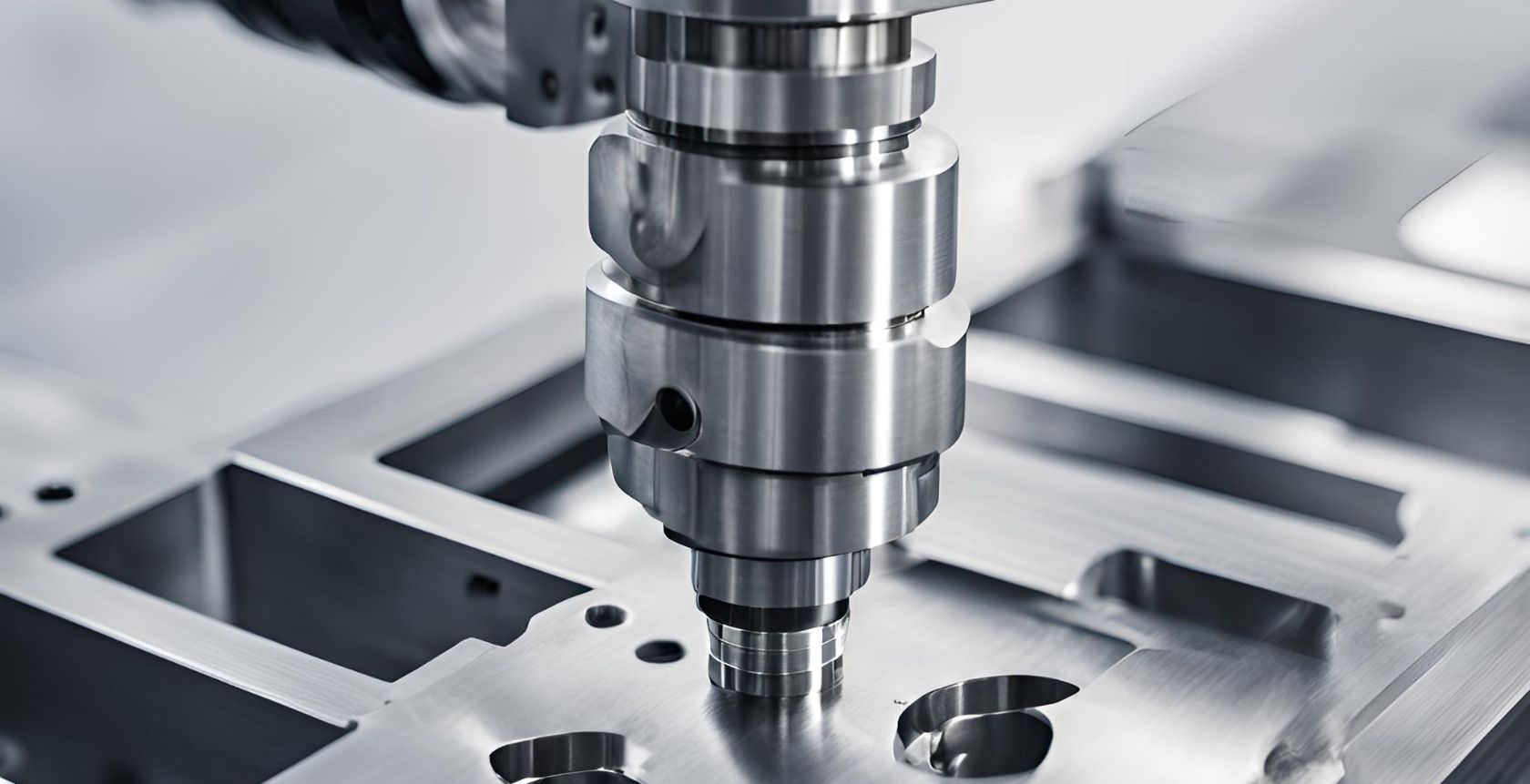
Challenges and Considerations
Despite its many advantages, CNC machining also presents some challenges and considerations. Understanding these can help manufacturers optimize their processes and achieve the best results.
Initial Costs
The initial investment in CNC machines and software can be significant. High-quality CNC machines are expensive, and the cost of CAD/CAM software and training can add to the overall expense. However, the long-term benefits and efficiencies often justify these initial costs.
Material Waste
CNC machining is a subtractive process, meaning material is removed from the workpiece to create the part. This can result in material waste, especially when working with expensive materials. Optimizing tool paths and machining strategies can help minimize waste.
Maintenance and Downtime
CNC machines require regular maintenance to ensure optimal performance and prevent breakdowns. Unexpected downtime can disrupt production schedules and increase costs. Implementing a preventive maintenance program can help reduce the risk of downtime and extend the lifespan of the machines.
Skilled Operators
While CNC machines automate many processes, skilled operators are still needed to set up, program, and maintain the machines. Finding and retaining qualified CNC machinists can be challenging, especially in regions with a shortage of skilled labor.
Future Trends in CNC Machining
As technology continues to advance, CNC machining is evolving to meet new demands and challenges. Here are some key trends shaping the future of CNC machining:
Automation and Industry 4.0
Automation is transforming CNC machining by increasing efficiency and reducing human error. The integration of Industry 4.0 technologies, such as the Internet of Things (IoT) and machine learning, is enabling smarter and more connected manufacturing processes. Smart CNC machines can monitor their own performance, detect issues, and optimize operations in real-time.
Advanced Materials
The development of new materials, such as high-performance alloys and composites, is expanding the capabilities of CNC machining. These materials offer enhanced properties that are ideal for demanding applications. CNC machines are being adapted to work with these advanced materials, opening up new possibilities for innovation.
Hybrid Manufacturing
Hybrid manufacturing, which combines CNC machining with additive manufacturing (3D printing), is emerging as a powerful approach. This combination allows for the creation of complex parts with enhanced performance characteristics. For example, additive manufacturing can produce intricate internal structures, while CNC machining can provide precise surface finishes and tight tolerances.
Sustainability
Sustainability is becoming a key consideration in manufacturing. CNC machining is evolving to incorporate more sustainable practices, such as reducing waste and optimizing energy consumption. The use of recycled materials and the development of more efficient machining strategies are helping to minimize the environmental impact of CNC machining.
Customization and Flexibility
The demand for customized products is driving the need for more flexible manufacturing processes. CNC machining is well-suited to meet this demand, allowing for the production of custom parts and small batches with high precision. Advances in CAD/CAM software are making it easier to design and produce customized components.
Conclusion
CNC machining is a cornerstone of modern manufacturing, offering unparalleled precision, versatility, and efficiency. Its ability to produce complex and high-quality parts has made it indispensable across various industries, from aerospace and automotive to medical and electronics. As technology continues to advance, CNC machining is poised to play an even more significant role in the future of manufacturing.
Understanding how CNC machining programs works and its advantages can help manufacturers make informed decisions and optimize their processes. While there are challenges to consider, the benefits of CNC machining far outweigh the drawbacks, making it a valuable investment for any manufacturing operation.
The future of CNC machining is bright, with emerging trends such as automation, advanced materials, hybrid manufacturing, sustainability, and customization driving innovation and growth. By staying ahead of these trends and leveraging the power of CNC machining, manufacturers can achieve greater efficiency, quality, and competitiveness in the global market. Whether you are a seasoned engineer or a newcomer to CNC machining, understanding the fundamentals and future potential of this technology is essential for success in today's dynamic manufacturing landscape.

